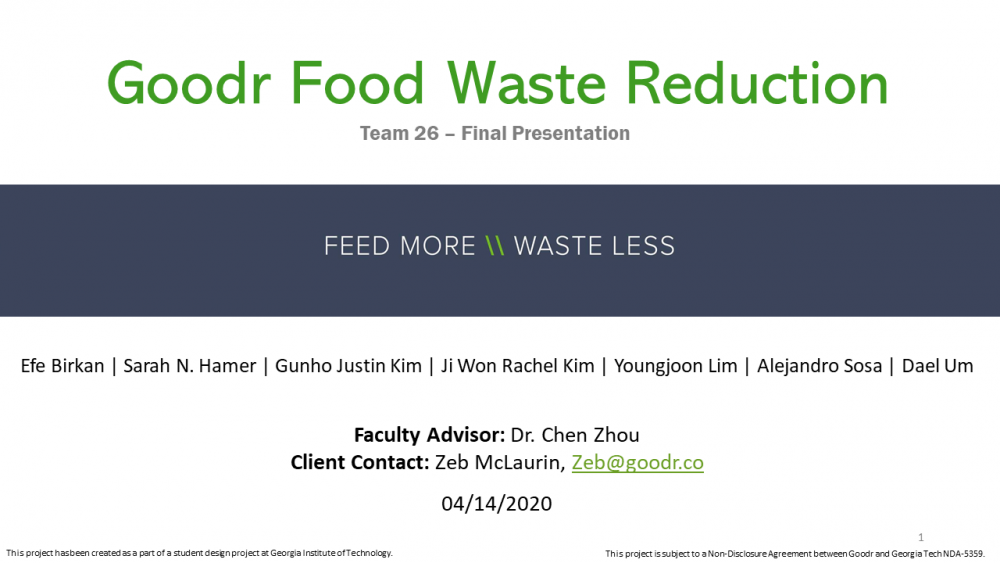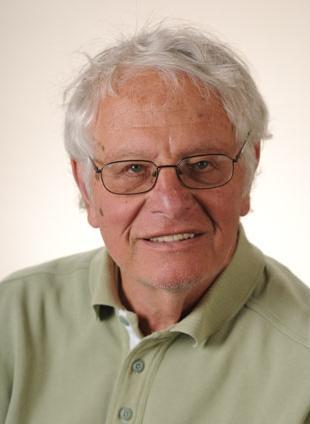Client Context
Founded in 2017, Goodr is a food waste management startup. It is a for-profit company that recovers leftover food from food businesses and delivers it to either non-governmental organizations (NGOs) or farms. Their long-term goal is to expand to 48 states.
Project Objective
Goodr is growing rapidly but currently does not have an expansion strategy. They need a strategic approach to logistics planning and pricing in order to grow efficiently and effectively. Currently, they rely heavily on on-demand pickups from third-party logistics services. They also do not have a comprehensive pricing strategy that can be scaled to significantly more clients. And lastly, they have low visibility on their environmental impact. They currently use inaccurate approximations to record their carbon footprint.
Design Strategy
In terms of logistics, we started with a very simple vehicle routing program with dummy nodes. We researched what kinds of constraints Goodr faces and adjusted our model accordingly. To test the model, we used real pickup and dropoff locations to make sure the given routes were correct.
Goodr currently uses a cost-plus pricing model for each of their clients, but they are not confident in their cost calculations. By analyzing their pricing model and running analyses on different pricing strategies (e.g. subscription pricing, value-based pricing, and cost-plus pricing), there is an opportunity to increase calculation accuracy and maximize revenue.
With a consultation with SLS, we came up with a more accurate and adequate carbon footprint tool for Goodr. The new tool is divided into three criteria: carbon emitted during delivery, potential carbon emission at a landfill, and production of food. To test the model we compared numerous studies and continuously consulted SLS specialists.
Deliverables
The logistics tool is a Python implementation of the vehicle routing problem. It outputs the optimal route when visiting multiple pickup locations and delivering to a drop off point. The tool helps to reduce driving time and distance, so Goodr is saving money on gas and labor. Additionally, with less driving, they are reducing their negative impact on the environment.
In subscription pricing, there is a fixed monthly membership fee, and each pickup has a discounted price. There would be four types of memberships: M, L, XL, and Huge. Membership fees are determined by adding 30% profit to the total cost (delivery cost + supply cost) of a pickup. We chose 30% because the slope of the revenue curve or marginal revenue decreases after 30%. Hence, the membership fee is determined using a 30% profit margin. Discount rates for different subscription packages are different because we set the minimum number of pickups to pay off the membership fee to ten.
The carbon footprint tool is in excel(CSV) format so that it can easily be integrated with the logistic tool and Goodr’s current SaaS system. It receives data on distance and time traveled from the logistic tools and types, cost, amount of foods donated from Goodr’s system. The tool will help Goodr collect more accurate information on its environmental effect and share it with its clients.


